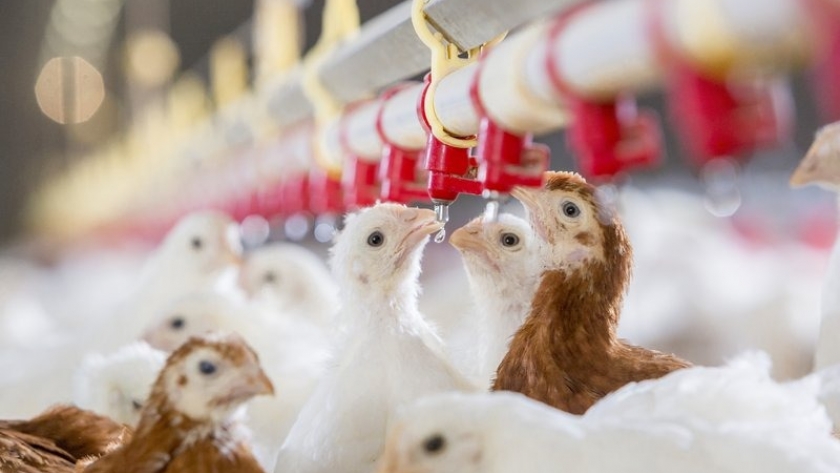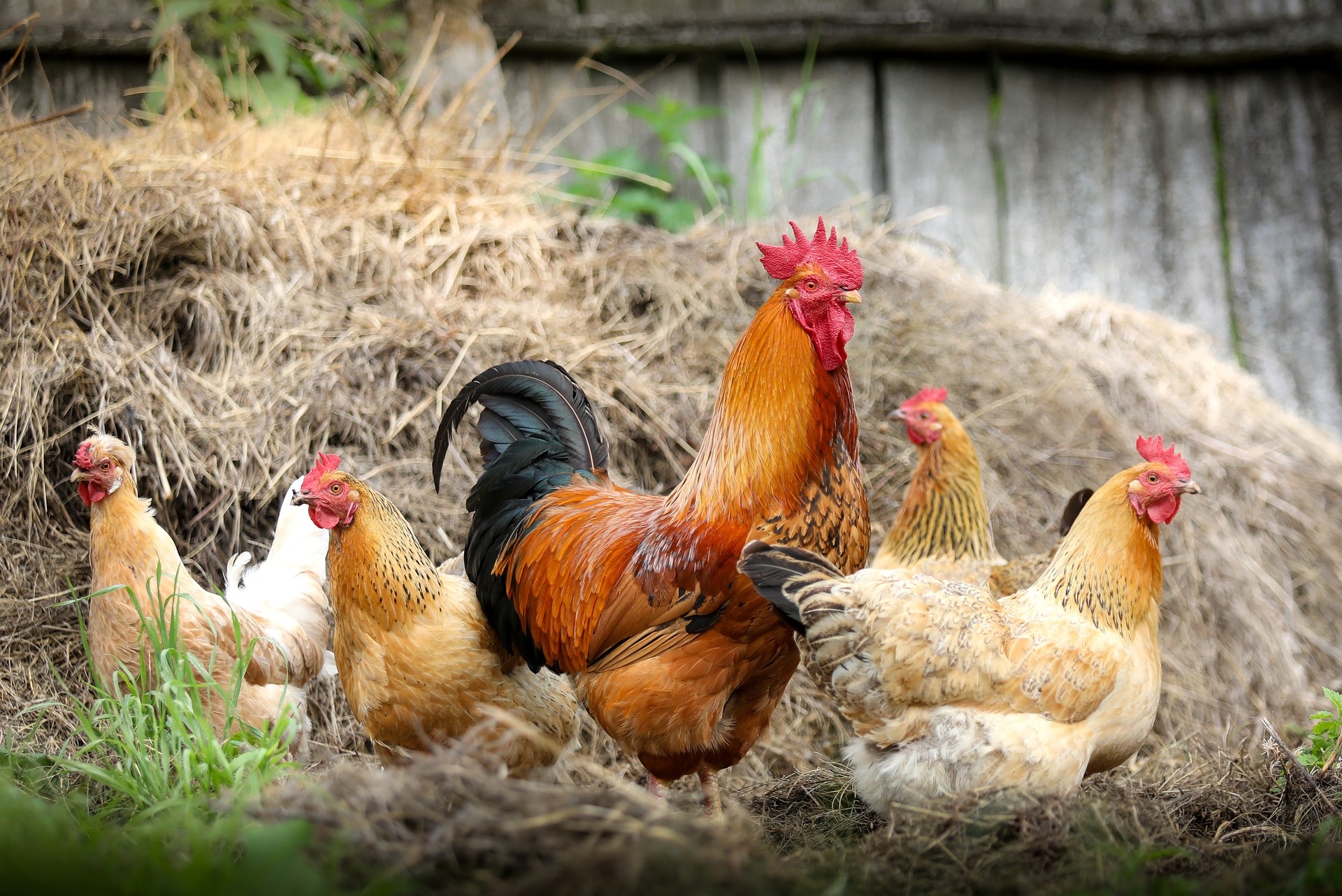
By Agroempresario.com
Chicken breeding, or poultry farming, is an endeavor that requires careful planning and installation to ensure the health, productivity, and welfare of the birds. Proper installations are crucial for maintaining optimal environmental conditions, providing adequate space, and facilitating efficient farm management. This article delves into key considerations for setting up installations for chicken breeding, focusing on housing, ventilation, feeding systems, lighting, and biosecurity measures.

The cornerstone of any chicken breeding operation is the housing. Poultry houses should be designed to accommodate the specific needs of the breed and the scale of the operation. Key factors include space per bird, which varies depending on whether you are raising broilers, layers, or breeders. Adequate space ensures that chickens have enough room to move, reducing stress and the risk of disease. Housing should also protect chickens from extreme weather conditions, predators, and pests. Insulated walls and roofing materials can help maintain a stable internal temperature, crucial for chick development and adult bird productivity.
Proper ventilation is vital for controlling the internal environment of the poultry house. It helps to remove excess moisture, heat, and ammonia from chicken droppings, thereby improving air quality. Poor ventilation can lead to respiratory issues and heat stress, significantly impacting chicken health and growth rates. Modern poultry houses often incorporate automated ventilation systems that adjust airflow based on temperature and humidity sensors. These systems ensure that the air remains fresh and at optimal conditions, contributing to the overall health and productivity of the flock.

Efficient feeding and watering systems are essential for the well-being and growth of chickens. Automated feeders and drinkers are commonly used in modern poultry farms to ensure that chickens have constant access to food and water. These systems reduce labor costs and minimize waste. Feeders should be designed to prevent feed spillage and contamination, while drinkers should provide clean and fresh water. The layout of these systems should be such that all chickens can easily access them, ensuring uniform growth and reducing competition among birds.
Lighting plays a crucial role in the growth and reproductive cycles of chickens. Controlled lighting schedules can simulate natural day and night cycles, influencing feeding behavior, growth rates, and egg production. For instance, layers require longer light periods to maintain egg production, while broilers benefit from shorter light periods that encourage rest and growth. Installing adjustable and programmable lighting systems allows farmers to fine-tune the light intensity and duration, optimizing conditions for different stages of chicken development.

Biosecurity is a critical aspect of poultry farming, aimed at preventing the introduction and spread of diseases. Effective biosecurity measures include controlled access to the farm, disinfectant footbaths at entry points, and regular cleaning and disinfection of housing and equipment. Implementing these measures helps protect the flock from pathogens and minimizes the risk of outbreaks, which can be devastating both financially and in terms of animal welfare. Additionally, training farm staff on biosecurity protocols ensures consistent practices are followed, enhancing overall farm safety.
Effective waste management is essential for maintaining a clean and healthy environment in chicken breeding operations. Manure management systems should be designed to handle the volume of waste produced, preventing accumulation and potential contamination. Composting and anaerobic digestion are common methods used to process chicken manure into valuable by-products like fertilizer and biogas. Properly managed waste systems not only help in maintaining hygiene but also contribute to sustainability and additional revenue streams for the farm.

In conclusion, successful chicken breeding requires a holistic approach to installation planning and management. By focusing on housing, ventilation, feeding, lighting, biosecurity, and waste management, poultry farmers can create an optimal environment that promotes the health and productivity of their flocks. Investing in modern, efficient systems and adhering to best practices will lead to sustainable and profitable poultry farming operations.
